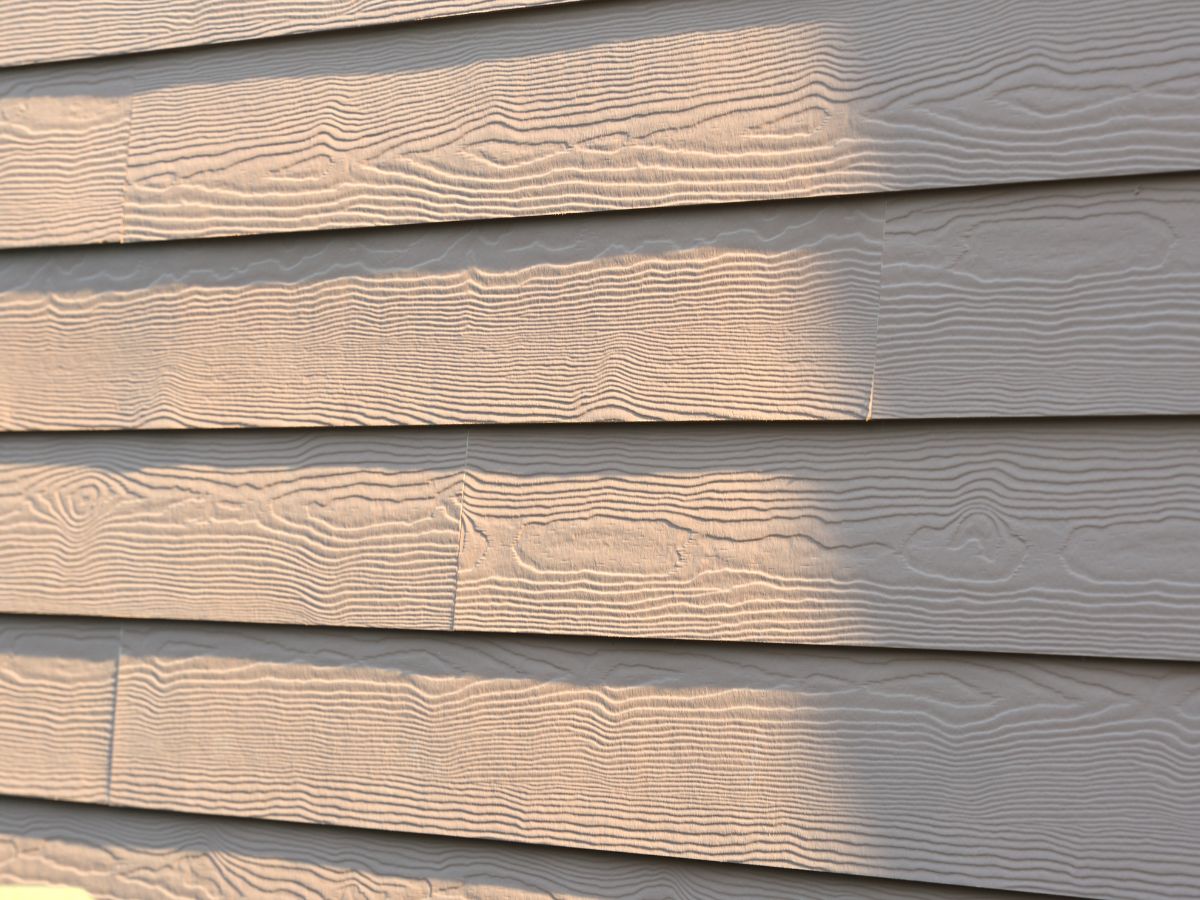
Choosing the Best House Siding: A Comprehensive Guide
Introduction
When it comes to home improvement, choosing the best house siding is one of the most significant decisions a homeowner can make. Beyond just aesthetics, siding plays a pivotal role in protecting your home from the elements, enhancing its curb appeal, and even affecting energy efficiency. With so many options available, homeowners often find themselves asking: “Which siding is right for my home?” In this comprehensive guide, we’ll explore various types of siding, their benefits and drawbacks, installation processes, and how to find reliable siding contractors near me.
Choosing the Best House Siding: A Comprehensive Guide
Understanding House Siding Types
What Are The Different Types of Siding?
Siding can be categorized into several types based on materials used. Each type has its own advantages and disadvantages:
Vinyl Siding: Pros and Cons
Vinyl siding is one of the most popular choices among homeowners due to its affordability and low maintenance.
-
Pros:
-
Cost-effective
-
Variety of colors
-
Easy installation
-
Cons:
-
Less durable than other materials
-
Can fade over time
Wood Siding: The Classic Choice
Wood siding offers a timeless aesthetic but comes with its own set of challenges.
-
Pros:
-
Natural beauty
-
Insulating properties
-
Cons:
-
High maintenance
-
Vulnerable to pests
Exploring Fiber Cement Siding
What is Fiber Cement Siding?
Fiber cement siding is a composite material made from sand, cement, and cellulose fibers. It’s become increasingly popular due to its durability and versatility.
Benefits of Fiber Cement Siding Installation
- Highly resistant to fire, insects, and rot.
- Can mimic the look of wood or masonry.
- Long lifespan (up to 50 years).
James Hardie Fiber Cement Products
One of the leading manufacturers in fiber cement products is James Hardie. Their products are known for quality and have various styles that suit different architectural designs.
Finding Reliable Siding Contractors Near Me
Why Hire a Professional for Your Siding Installation?
Hiring a professional contractor ensures that your siding is siding replacement installed correctly, which prolongs its lifespan and protects your investment.
How to Choose the Right Contractor?
Siding Replacement: When Is It Time?
Signs You Need a Siding Replacement
If you notice any of these signs on your home’s exterior, it may be time for an upgrade:
The Process of Installing New Siding
What Does The Installation Process Look Like?
The installation process usually involves several steps:
Cost Considerations for House Siding Projects
What Factors Affect The Cost of Siding Installation?
Several factors can influence the total cost:
- Material choice
- Project size
- Labor costs in your area
Comparing Prices from Local Siding Companies Near Me
How to Get Accurate Quotes from Contractors?
To get accurate quotes from local siding companies:
FAQ Section
1. What type of siding lasts the longest?
Fiber cement siding typically lasts up to 50 years with proper maintenance.
2. How much does it cost to install vinyl siding?
Vinyl siding installation costs can range from $3 to $8 per square foot depending on labor rates in your area.

3. Can I install siding myself?
While DIY installation is possible, hiring professionals ensures proper installation and adherence to local building codes.
4. What are common issues with wood siding?
Wood siding can rot over time if not properly maintained; it’s also susceptible to insect damage.
5. Is fiber cement worth the cost?
Yes! Though more expensive upfront than vinyl, fiber cement offers durability that may save you money long-term through reduced repairs.
6. How do I maintain my new siding?
Regular cleaning and inspections will help maintain any type of siding; specific care instructions will depend on material used.
Conclusion
Choosing the best house siding involves considering various factors such as material durability, aesthetic appeal, maintenance needs, and cost-effectiveness. Whether you're leaning towards vinyl for its affordability or fiber cement for its robustness—each option has unique characteristics that cater to different homeowner needs.
In this comprehensive guide on "Choosing the Best House Siding," we've covered everything from types of materials available to how you can find skilled professionals like “ siding contractors near me” who specialize in installation processes tailored just for you! By understanding these facets thoroughly, you can make an informed decision that enhances your home's value while ensuring its protection against external elements for years to come.


Now that you have all this information at hand—are you ready to take that next step toward revitalizing your home's exterior?
This article provides a thorough overview while adhering closely to SEO standards with rich content structured correctly using Markdown formatting as requested!